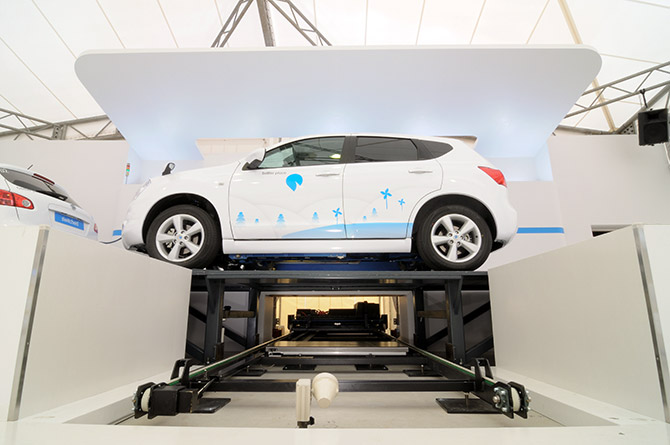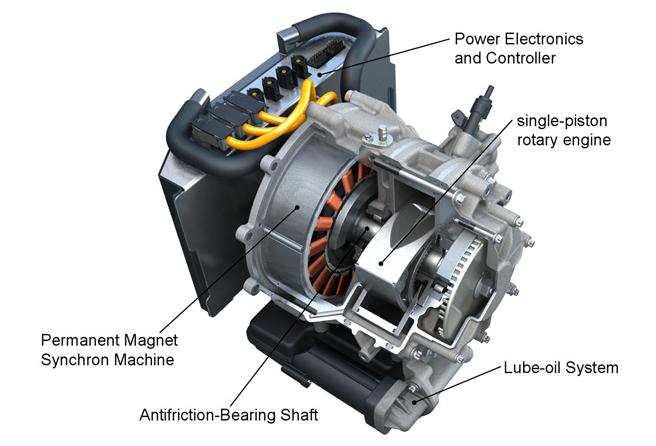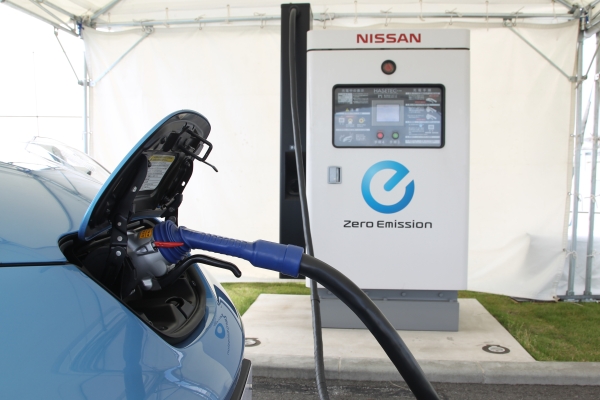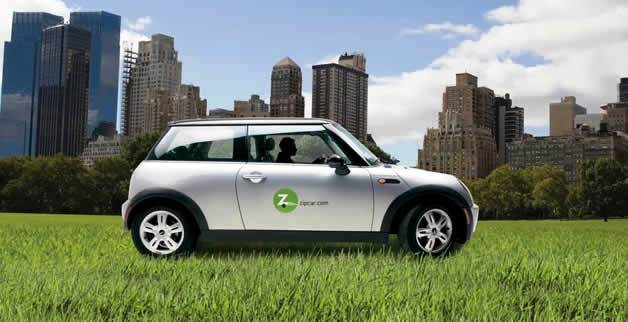Range Anxiety, or the fear that an electric car will run out of charge before it reaches its destination, has to be the ultimate boogeyman of the electric car world. It stems from the fact that most electric cars on the market today have a range per-charge much smaller than the 200-500 miles range-per-tank we’re so used to in gasoline cars.
Yet, as many EV advocates will tell you, even electric cars with sub-100 mile ranges can be used to satisfy all but the most demanding of daily duties. But what happens when you need to travel beyond the ideal range of your electric car? Does range anxiety kick in?
Being trapped in some form of electric car purgatory, waiting for a magical tow-truck or praying that the next charging point is reached before the car stops is a phobia that prevents many consumers from going electric.
But it doesn’t have to be. While there are almost unlimited ways of getting from A to B over a large distance, including public transport, here’s our run-down of just some of the solutions an electric car owner could use to ensure they don’t get range anxiety but retain the freedom of a car on a long trip.
Battery Swapping

Better Place battery-swap demonstration
Battery swapping is a possible solution. Cars drive up onto an automated battery swap platform, which disconnects the empty battery from the underside of the vehicle and inserts a fully charged one in its place.
The system of battery swapping may sound like an excellent idea, but requires a large amount of space to implement. It also requires cars share a uniform battery pack specification, or will require battery swap stations can handle packs of different sizes and voltages.
Range Extenders

AVL rotary-engine range extender for electric-drive vehicles, July 2010
As we’ve discovered here on AllCarsElectric.com and our sister site GreenCarReports.com, many advocates and EV enthusiasts are highly suspicious and dismissive of such vehicles.
GM hasn’t helped itself by trying to trademark the term “Range Anxiety” to use in advertising for the 2011 Volt, claiming that the Volt is the ultimate cure for the fear of running out of power.
While extended range vehicles aren’t ideal for everyone, it does offer consumers the chance to have an electric car for daily commuting but a longer-range vehicle for weekend trips without worrying about charging.
Fast Charging

50 Kw Leaf Charger
Utilizing high-voltage direct current charging, the 2011 Nissan Leaf can recharge from empty to 80% full in under 30 minutes. That’s an equivalent of 80 miles of driving.
As anyone with a young family will tell you, a 30 minute rest stop on a freeway journey is not unheard of. Provided of course, that there is a rest-stop with charging facilities.
Fast charging can also affect the life of an electric car’s battery pack. It is an option that can be used on occasion without too much impact on the life of a battery pack but isn’t a daily use solution.
“Loaner” ICE Cars
Zipcar
As we found out today when talking to Nissan, the company is considering offering 2011 Nissan Leaf drivers the ability to borrow gasoline-powered cars to make trips longer than the 100 mile range of the Nissan Leaf. It is one of many potential packages Nissan may offer its electric car owners to help combat the terrors of range anxiety.
Already planned to be offered by Peugeot in Europe, electric car owners could park up their electric car at a local dealer or exchange station before borrowing a regular gasoline car.
This solution, while slightly less convenient than perhaps the others we’ve examined seems to be one of the better solutions. Unlike the battery swap or quick charge options we’ve examined, long distance trips can be made without having to plan where the next ‘power up’ will occur.
And unlike the range-extended electric vehicle option, the EV owner can enjoy fully electric operation without having to cart around a gasoline generator for the times when larger range is required.
There’s another benefit too. For the trips up state to see granny in the middle of winter, an electric car owner can leave their city-based EV in the garage and borrow a large, snow-ready SUV to tackle the holiday trip. Need to make a sunshine trip to the beach? The car of choice then becomes a soft-top. All without having to worry about expensive rental costs, or running out of charge.
In Conclusion
Ultimately, range anxiety is something most EV owners will not experience on a daily basis. However, with so many options available to help give EV owners extra range and quell fears of making trips at the edge of an EV’s capability, Range Anxiety is no longer a valid excuse to prevent EV ownership.
The ideal solution, of course, is greater range battery packs. But until then these four options give a great solution to anyone contemplating an EV but needing that occasional long-distance car trip.
Do you already own an EV? Do you suffer range anxiety, or do you have your own way to make long trips in an EV? Let us know!













